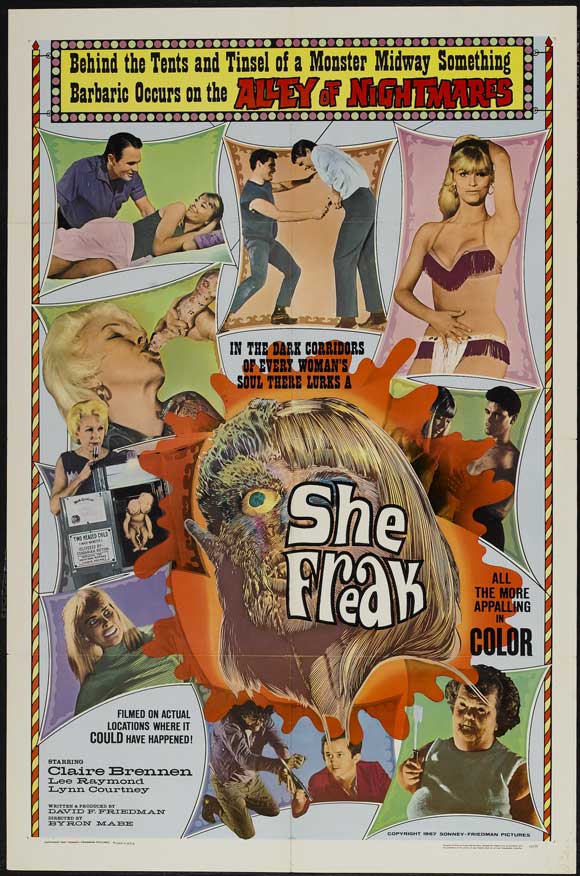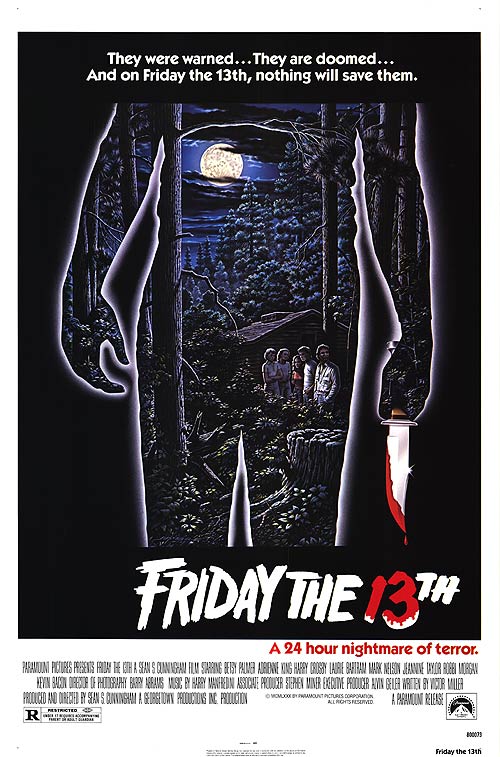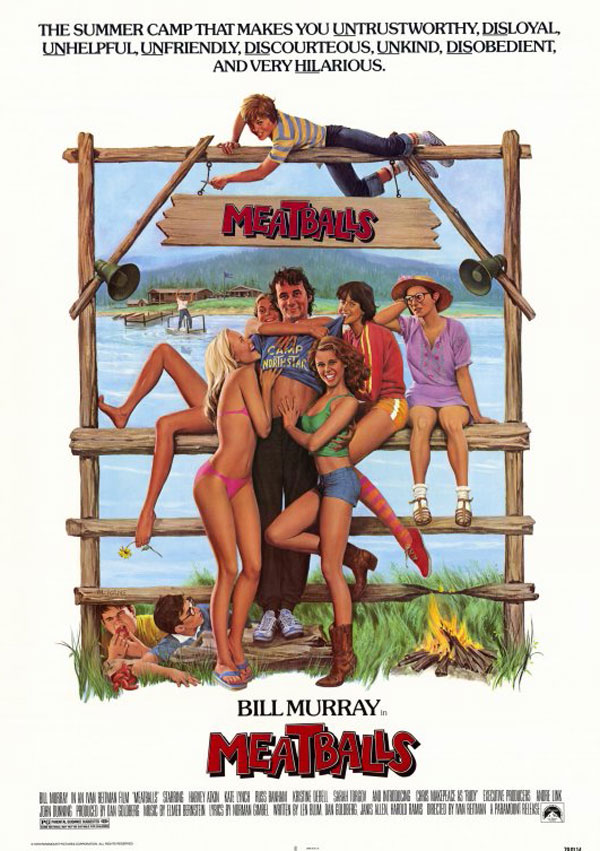The ABCs of B-Movie Bullsh*t -- F is for Freaks
 Monday, August 29, 2011 at 6:00AM
Monday, August 29, 2011 at 6:00AM F
is for Freaks

When we hear the word “freak” our minds automatically leap to the deformed human oddities presented for our twisted amusement in carnival tent shows, but the true essence of the word is that of someone uniquely special who stands out from the rest of mainstream society. By this definition, “freak” not only refers to the kinds of characters most often found and celebrated in B-Movies, but also the audience members most likely to reject traditional Hollywood entertainment in favour of the less popular, lower budgeted alternatives.
In mainstream films, protagonists are carefully crafted to be as universally likable and relatable as possible. They’re just like us only better and much more attractive. They represent the person we want to see in our mirrors. B-Movie protagonists, on the other hand, are much more likely to be the people we actually see in our mirrors. They are outsiders. They have flaws.
They are freaks.
Sometimes this is a deliberate choice on the part of the filmmakers; sometimes it’s the accidental result of having to cast a cheap, but otherwise talented actor who isn’t handsome enough to make the A-list. It doesn’t matter. The main benefit of making genre, niche films is that you can afford to not please everyone—your investment isn’t big enough to demand that you whitewash reality in order to please the greatest number of people.
And this is a major reason why B-Movie buffs are attracted to these often flawed films. In most cases they are freaks themselves and more closely identify with flawed heroes than the Golden Gods Hollywood would prefer we worship and admire.
F
is for Freaks
and
Freaks
are
Fabulous






